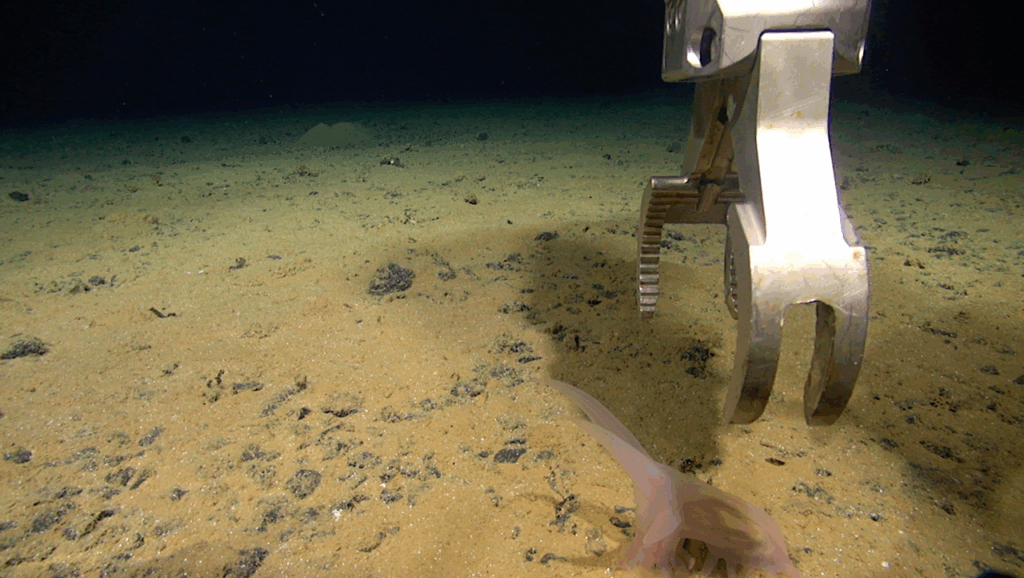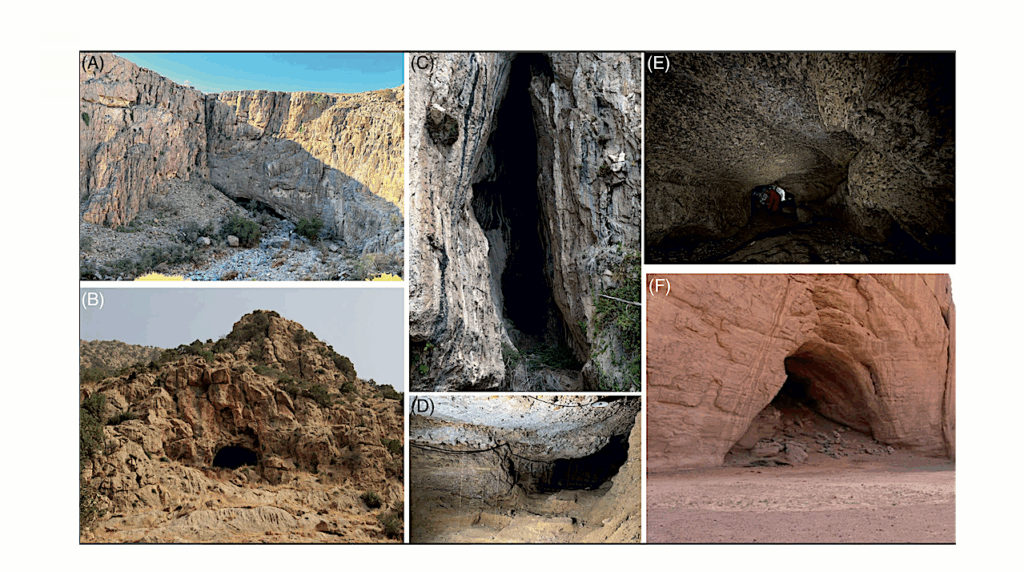Now Reading: CO, CS, HCO, HCO+, C2H, And HCN In The Diffuse Interstellar Medium
-
01
CO, CS, HCO, HCO+, C2H, And HCN In The Diffuse Interstellar Medium
CO, CS, HCO, HCO+, C2H, And HCN In The Diffuse Interstellar Medium


Galactic-scale properties of the sample. We plot against sin(|b|) EB−V (top left), N(HI) (top right), N(H2) = N(HCO+ )/3 × 10−9 (bottom left), and WCO, the line profile integral of the CO J=1-0 emission. The sight lines that were not detected in HCO+ absorption are shown as smaller green symbols in the upper two panels. The smaller green symbols in the lower panels are the 3σ upper limits on the plotted quantity. The solid line in each panel is a regression line: A plane-parallel vertically stratified Galactic gas layer would exhibit a power-law slope of -1. We also show averages at intervals of 0.01 in sin(|b|) in blue at the top. A legend marking the values of the Galactic latitude is inset near the top of the upper two panels. The values for the statistical parameters and the regression fits are given in Table 1. — astro-ph.GA
Context. Radio frequency molecular absorption lines appear along sight lines with AV well below 1 mag, revealing the presence of H2 in diffuse gas even when 2.6mm CO emission is absent.
Aims. We discuss absorption lines of HCO+, C2H, HCN, CS, and HCO in a larger sample (88 sight lines) than was available before.
Methods. We observed millimeter-wave absorption at the IRAM and ALMA interferometers over the past 30 years and gathered the results for to compare with observations of HCO+ and CO emission taken at the ARO KP12m and IRAM 30m telescopes.
Results: We detected HCO+ along 72 of 86 sightlines where it was observed, C2H along 53 of 76 sightlines and HCN along 38 of 57 sightlines. C2H is ubiquitous and N(C2H)/N(HCO+) increases at smaller EB-V and smaller N(HCO+) but C2H absorption is intrinsically weaker, decreasing the number of sightlines with low column density along which it was this http URL dense-gas tracer HCN was uniformly detected down to N(H2) = 10^20 cm-2 with little change in the relative abundance N(HCN)/N(HCO+) = 1.25.
HCO was detected along only 4 of 46 sight lines that were newly observed at ALMA because its lines are intrinsically weak, but HCO is ubiquitous in the interstellar medium with N(HCO)/N(HCO+) = 1/3 or N(HCO)/N(H2) = 10^-9. The line widths of HCN features are (like those of CO) narrower than those of matching features observed in HCO+, and those of C2H are broader. HCO+ emission is commonly observed at log levels -2+/-0.3 dex with respect to CO emission.
Harvey Liszt, Maryvonne Gerin
Comments: Accepted for A&A
Subjects: Astrophysics of Galaxies (astro-ph.GA)
Cite as: arXiv:2506.12518 [astro-ph.GA] (or arXiv:2506.12518v1 [astro-ph.GA] for this version)
https://doi.org/10.48550/arXiv.2506.12518
Focus to learn more
Submission history
From: Harvey S. Liszt
[v1] Sat, 14 Jun 2025 14:19:42 UTC (627 KB)
https://arxiv.org/abs/2506.12518
Astrobiology, Astrochemistry,
Stay Informed With the Latest & Most Important News
Previous Post
Next Post
-
 012024 in Review: Highlights from NASA in Silicon Valley
012024 in Review: Highlights from NASA in Silicon Valley -
 02Panasonic Leica Summilux DG 15mm f/1.7 ASPH review
02Panasonic Leica Summilux DG 15mm f/1.7 ASPH review -
 03From Polymerization-Enabled Folding and Assembly to Chemical Evolution: Key Processes for Emergence of Functional Polymers in the Origin of Life
03From Polymerization-Enabled Folding and Assembly to Chemical Evolution: Key Processes for Emergence of Functional Polymers in the Origin of Life -
 04How New NASA, India Earth Satellite NISAR Will See Earth
04How New NASA, India Earth Satellite NISAR Will See Earth -
 05And Thus Begins A New Year For Life On Earth
05And Thus Begins A New Year For Life On Earth -
 06Astronomy Activation Ambassadors: A New Era
06Astronomy Activation Ambassadors: A New Era -
07SpaceX launch surge helps set new global launch record in 2024





















